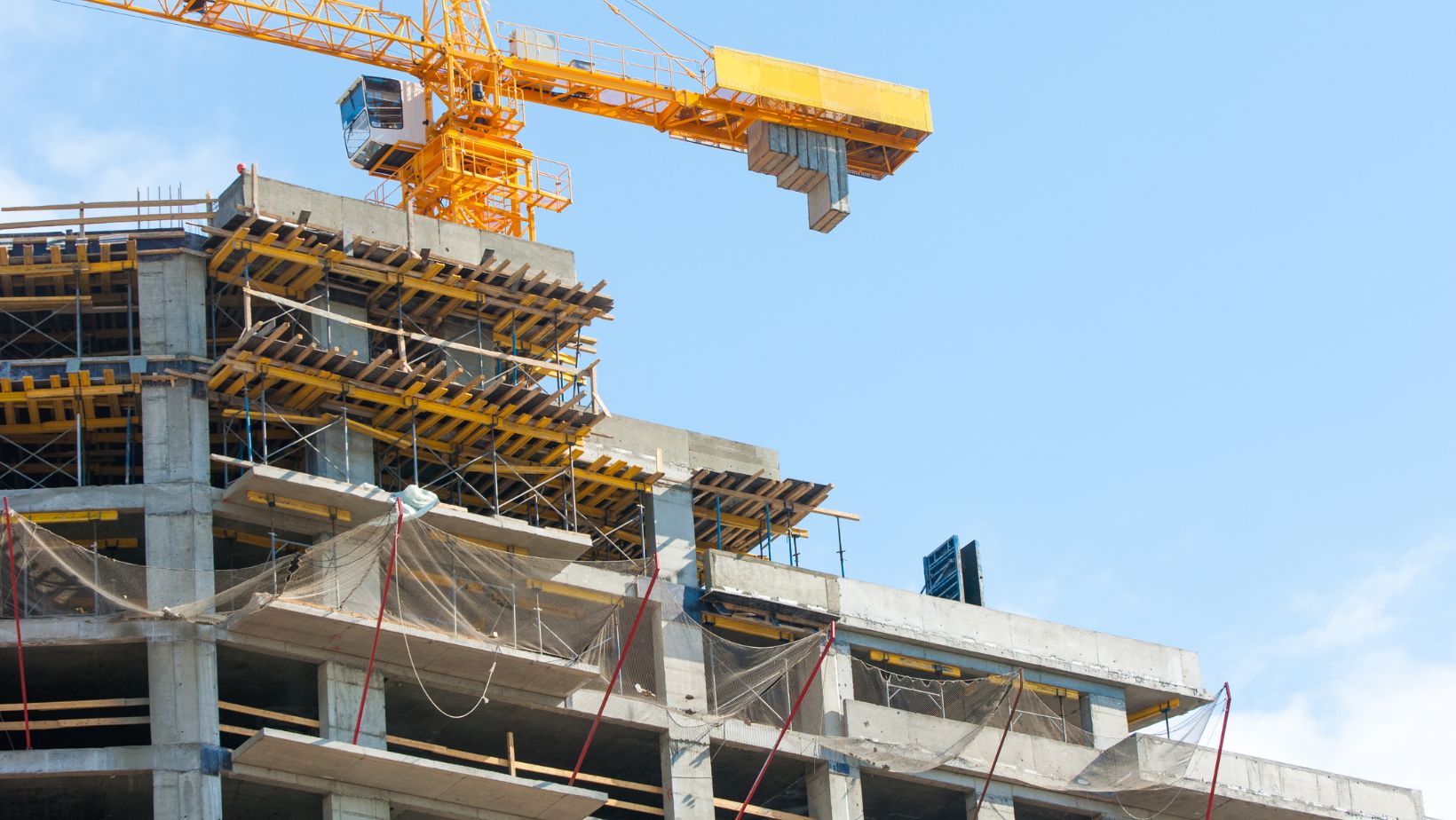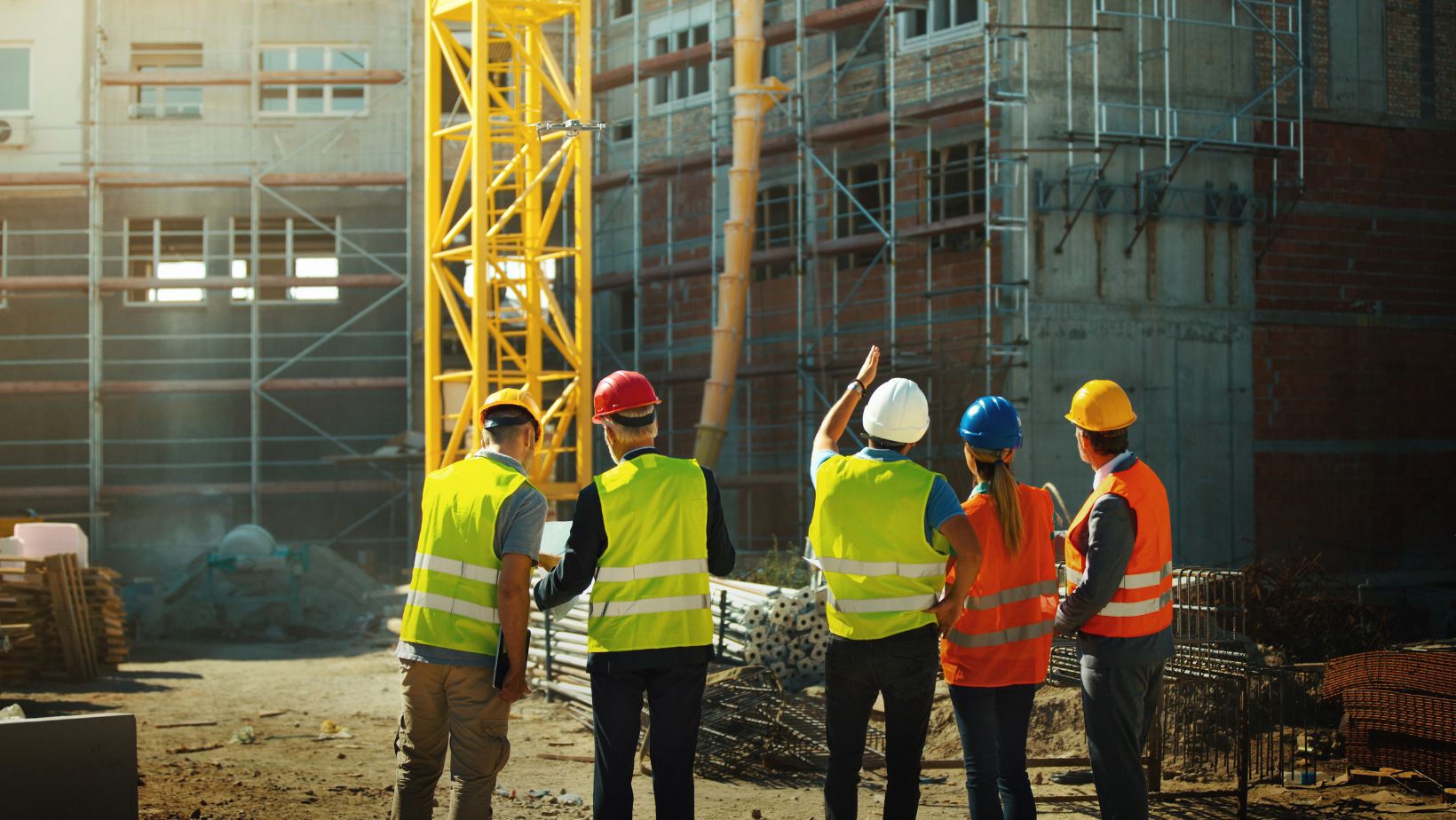Efficiency is paramount in industrial construction. Every project manager and business owner wants to maximize productivity while minimizing costs. Prefabricated manufacturing structures offer a unique opportunity to achieve these objectives by carefully optimizing various factors. This guide will explore the key considerations to optimize when designing and constructing prefab manufacturing buildings.
Design Flexibility
One of the primary advantages of prefab manufacturing structures is their inherent design flexibility. Unlike traditional construction methods, which often rely on fixed templates and layouts, prefabricated buildings can be customized to suit specific operational needs. Whether configuring floor space for machinery, incorporating loading docks, or implementing specialized ventilation systems, the design flexibility of prefab structures allows for tailored solutions that maximize efficiency.
Material Selection
The choice of materials is essential for the efficiency of these structures. Opting for high-quality, durable materials not only ensures the longevity of the building but also contributes to operational efficiency. Steel, in particular, is a popular choice for prefab construction due to its strength, versatility, and cost-effectiveness. Steel buildings are lightweight yet incredibly robust, allowing quick assembly and minimal maintenance requirements.
Energy Efficiency
In today’s era of heightened environmental consciousness and escalating energy expenses, industrial facilities emphasize enhancing energy efficiency. These structures offer numerous opportunities to optimize energy consumption and reduce environmental impact. This can be achieved through energy-efficient insulation, lighting systems, and HVAC technologies. Furthermore, integrating energy sources such as solar panels can amplify the sustainability of prefabricated buildings, concurrently reducing operational expenses over the long haul.
Workflow Optimization
Efficient workflow is essential for maximizing productivity in manufacturing environments. When designing prefab manufacturing structures, careful consideration must be given to the layout and flow of the facility.

By optimizing the placement of machinery, workstations, and storage areas, workflow bottlenecks can be minimized, allowing for smoother operations and faster turnaround times. Integrating automation technologies and smart logistics systems can further streamline processes and improve overall efficiency.
Compliance and Safety
Ensuring conformity with industry regulations and upholding a secure working environment are indispensable elements of prefab manufacturing structures. Adhering to building codes and occupational health and safety standards is imperative to sidestep hefty penalties and potential legal entanglements. By proactively addressing compliance issues during the design and construction phases, prefab building projects can proceed smoothly without delays or setbacks. Implementing robust safety protocols and training programs also helps to protect workers and minimize the risk of accidents or injuries.
Scalability and Adaptability
Scaling and adapting to changing needs is another crucial advantage of these structures. As businesses grow and evolve, their space requirements may fluctuate accordingly. Prefabricated buildings offer the flexibility to quickly expand or modify existing facilities without significant disruptions to operations.

Whether adding extra square footage, reconfiguring interior layouts, or integrating new technologies, prefab structures can adapt to accommodate evolving business needs.
Conclusion
Optimizing efficiency in prefab manufacturing buildings involves carefully considering various factors, including design flexibility, material selection, energy efficiency, workflow optimization, compliance, safety, scalability, and Adaptability. By prioritizing these factors during the planning and construction phases, businesses can create industrial facilities that are cost-effective, environmentally sustainable, and conducive to productivity and growth. Prefabricated manufacturing structures represent a modern and innovative approach to industrial construction, offering unparalleled opportunities for efficiency and optimization in today’s competitive marketplace.
Jessica has a flair for writing engaging blogs and articles. She enjoys reading and learning new things which enables her to write different topics and fields with ease. She also strives to break down complex concepts and make them easy for anybody to comprehend.





